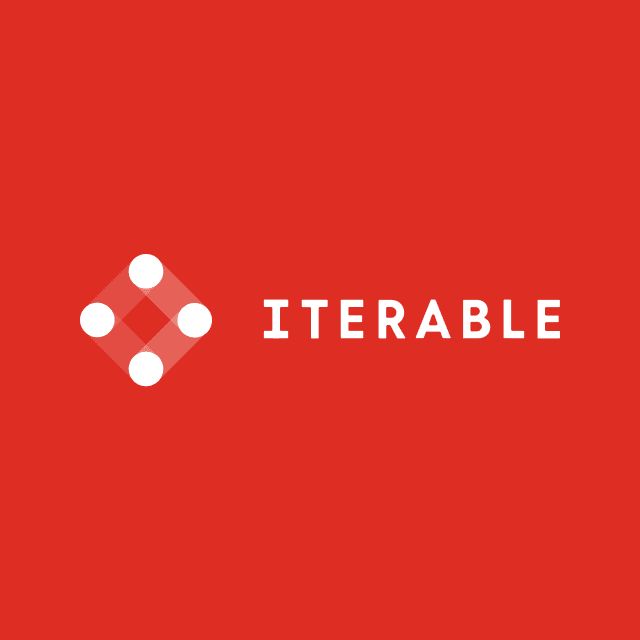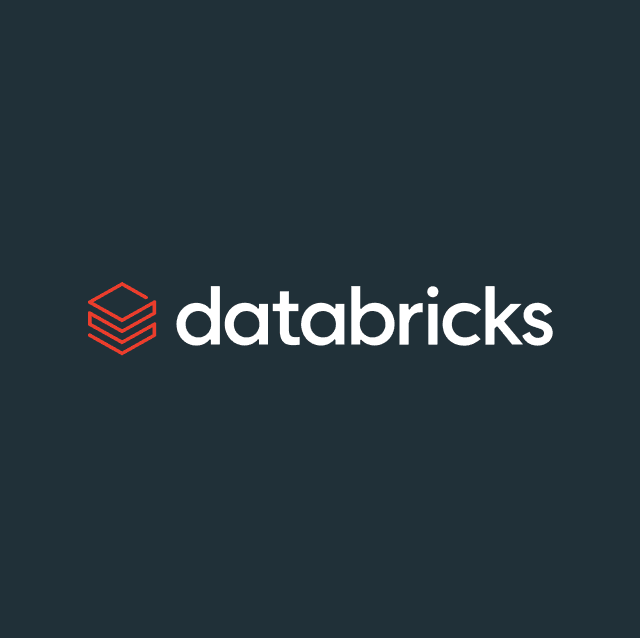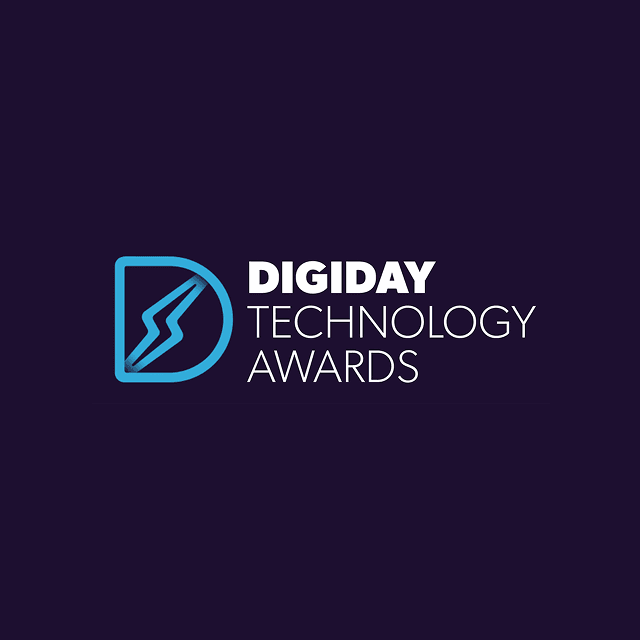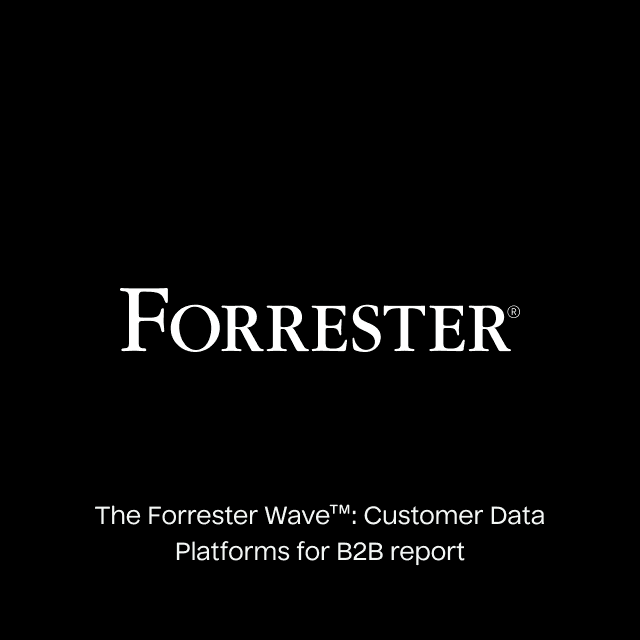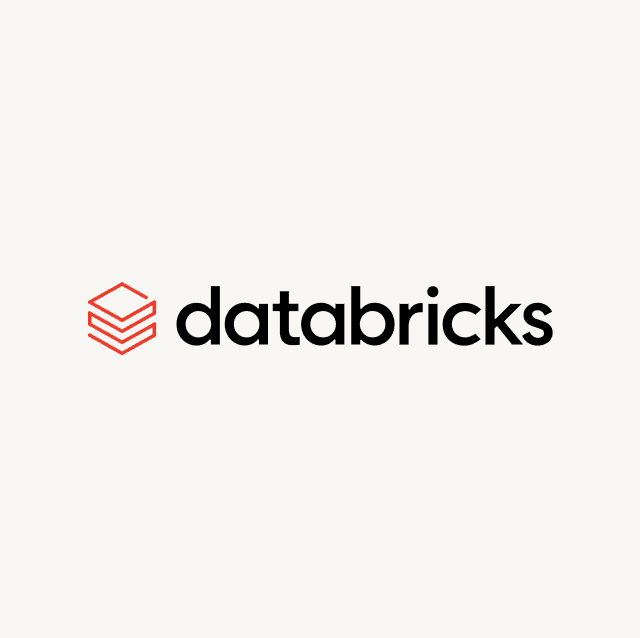When I joined Hightouch, I was familiar with the CDP (Customer Data Platform) space from my long career in data and analytics. But the more I learned about CDPs through my onboarding, the more I realized how much I didn’t know. As a pretty inquisitive person, I wanted to learn as much as possible for my new Hightouch role.
Luckily, CDPs have been around for over a decade, so a lot of material is available. I am sharing some content that helped me improve my knowledge. Some of the best sources of information came from the Hightouch blog, but I am including many non-Hightouch sources as well. Think of it as an MBA in CDP!
CDP 101
If you are new to CDPs, the following section will provide general context on CDPs and Composable CDPs.
What is a CDP?
The following articles do a good job of explaining what a CDP is and the value it provides:
- What is a Customer Data Platform (CDP)?
- What is a CDP?
- What is a Customer Data Platform (CDP) and How Does It Work?

What is a Composable CDP?
A few years ago, Composable CDPs shook up the CDP industry. Composable CDP is another area where Hightouch led the way, so much of the definitive information comes from the Hightouch blog (I even snuck one of my recent articles in there!):
- Friends don’t let friends buy a CDP
- Traditional CDP vs. Composable CDP (what's the difference?)
- The Rise of the Composable CDP
- Top 10 reasons your data warehouse should be your CDP
- What is a Composable CDP?
- The Modern Customer Data Platform: Why You Need One Now and What You Need to Know
- The Complete Guide to the Composable CDP

CDP for Marketers
Once you understand the general concept of a CDP, the next thing to learn is how marketers use CDPs to improve their marketing efforts. The following sub-sections explain some of the tactics CDPs help enable for marketers.
What is audience activation?
One of the key reasons why organizations invest in CDPs is to build audiences to which they can market. Once you successfully resolve identities, you can group customers or prospects into audiences. These audiences (groups of users) can then be “activated” by marketers. Activation can take many forms, including emails, push messages, digital ads, product recommendations, etc. Here are a few articles that discuss audience activation:
- 11 Main customer data platform (CDP) use cases for marketers
- The ultimate guide to audience managers
- What is audience segmentation?
- What are lookalike audiences and how do they work?
- 8 Tips for Making the Most of Your Customer Activation Campaigns
- Why Data Activation is Crucial for Your Martech Stack
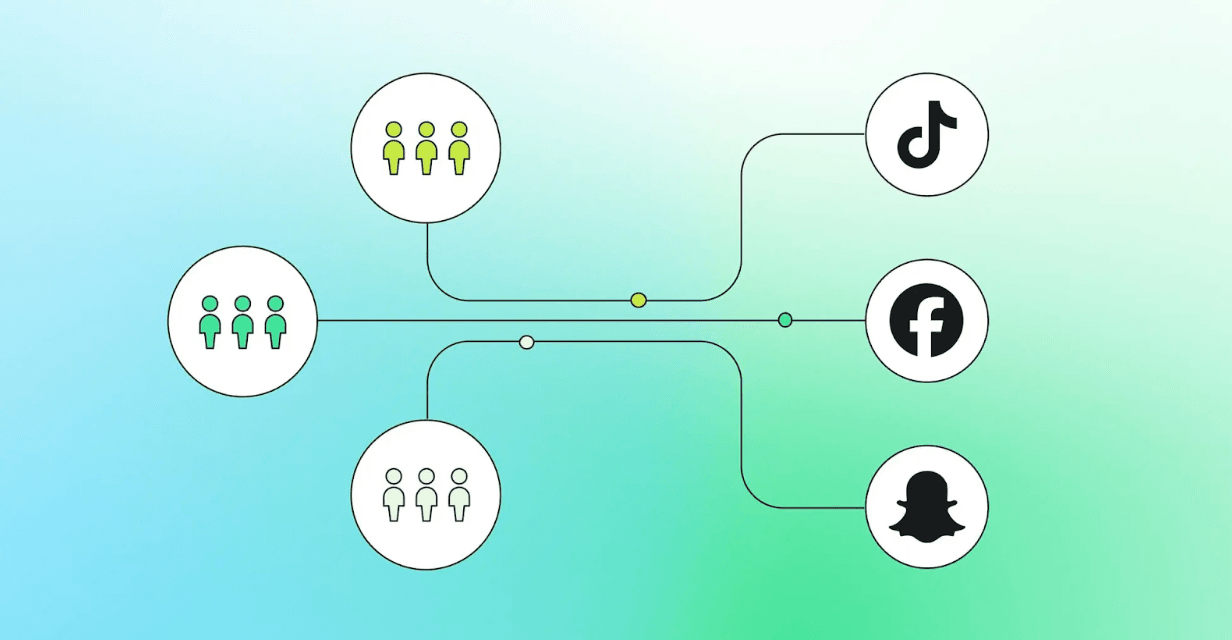
What are conversion APIs (CAPI)?
As we move to a cookie-less world, marketers must find new ways to communicate to digital advertising networks who their customers are and what types of customers they are looking for. Conversion APIs are emerging as the new way to do this:
- The definitive guide to Conversion APIs & web pixels
- What exactly are conversion APIs?
- Conversions API: How marketers can improve ad results and adapt to privacy changes
- What is Facebook CAPI?
- Send Better Signals to Facebook with the Conversions API
- Synthetic conversions
What are customer journeys?
Marketers have long been interested in understanding customers' journeys or experiences when interacting with their brands. Understanding the holistic journey has traditionally been difficult since data is scattered across multiple data repositories. However, understanding and optimizing customer journeys is becoming easier as more organizations make the data warehouse their single source of truth for customer data. The following articles explain more about customer journeys:
- How to Use a CDP for Customer Journey Orchestration
- Using Customer Journey Maps to Improve Customer Experience
- From fragmented to unified: How a CDP transforms your Customer Journey Analytics
What are AI Decisioning and agentic marketing?
As AI starts to invade the CDP space, AI Decisioning is emerging as the next evolution of CDP. By applying AI models to the source of true customer data, organizations can learn more about their customers than ever before and leverage AI to increase personalization:
- What is AI Decisioning?
- Why AI agents for marketing require more than just LLMs
- AI transformed advertising—now it’s coming for marketing
- How AI Is Transforming The Marketing Industry
- Agentic Marketing: The Next Marketing Revolution?
- How Agentic AI Is Revolutionizing Digital Marketing
- Agentic AI Is the Next Frontier in Autonomous Marketing

Data foundations of CDP
For those of you who want to go deeper and look under the hood of the CDP, the following sub-sections explain some of the more technical aspects of CDPs. These topics are helpful if you want to understand what is happening behind the scenes and what work has to take place for CDPs to be successful.
What is ETL?
ETL (Extract, Transform, Load) is critical to getting data into data warehouses. The following articles provide background on this function:
- What is an ETL pipeline?
- Understanding ETL: Extract, Transform, Load
- What is ETL (Extract Transform Load)?
What is Reverse ETL?
There is a symbiotic relationship between ETL, warehouses, and Reverse ETL. Hightouch was one of the pioneers in Reverse ETL, and the following articles explain the concept:
- What is Reverse ETL? The definitive guide
- iPaaS vs. Reverse ETL: which data integration approach is right for your business?
- What is Reverse ETL?

What is event collection?
In a digital world, we “listen” to customers via data. As customers and prospects interact with digital properties, organizations collect these digital interactions as “events.” Event collection is the technology that supports listening for these events and sending them to downstream repositories like the data warehouse. Here are a few articles on event collection:
What is data modeling?
Though it might not be the sexiest aspect, data modeling is fundamental to CDPs and data warehouses. Data modeling is how companies improve their core data assets. The following provides a good primer on data modeling:
- Data modeling techniques for more modularity
- The ultimate guide to data modeling
- Modern data warehouse modeling: the definitive guide - part 1
- Modern data warehouse modeling: the definitive guide - part 2
What are data schemas?
Organizations are inundated with data, and it keeps getting worse every year. To get a handle on your customer data, you need to organize your data in a way that makes sense to your data warehouse and consumers. Data schemas are an important way to arrange and visualize your data. The following provides some background on data schemas:

What is identity resolution (IDR)?
Identity resolution is one of the core tenets of CDPs. If you cannot properly stitch users across different channels, you cannot build effective user profiles or audiences. The following explains how identity resolution and identity graphs work:
- Identity Resolution
- What is identity resolution?
- What is an identity graph?
- The top 5 identity resolution use cases
- Identity Resolution Explained... (Everything You Need to Know)
Final thoughts
The above articles were helpful as I dove deeper into CDP. As I mentioned, many articles and blogs are available on CDP-related topics, so the items above are just a snapshot to get you started. If you have additional articles or blogs you like, feel free to link them to my social post. Thanks!






